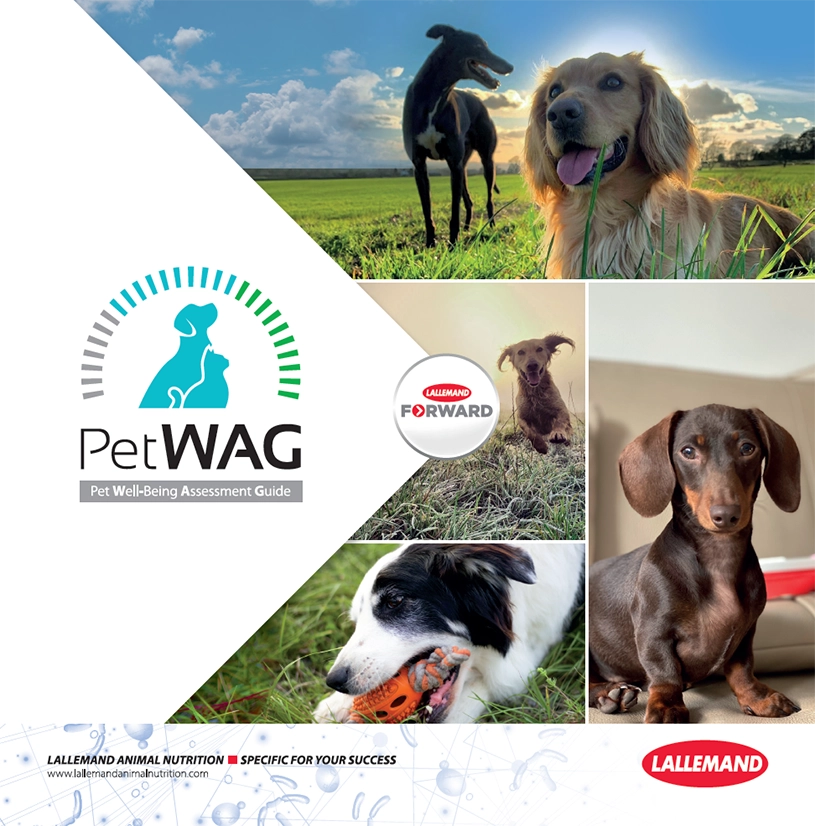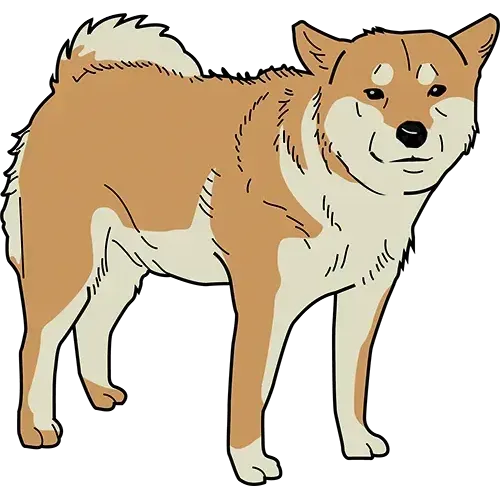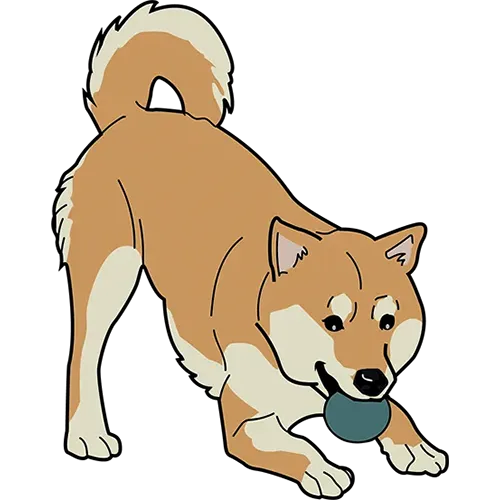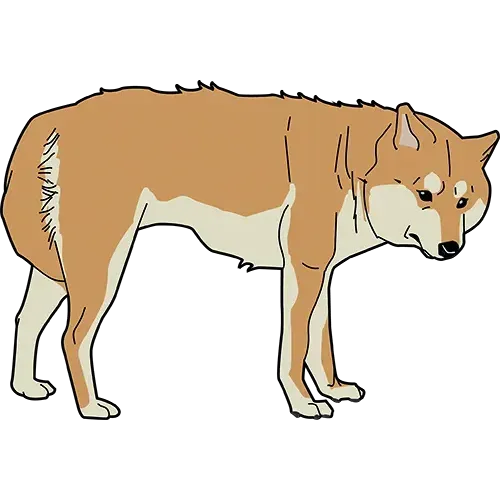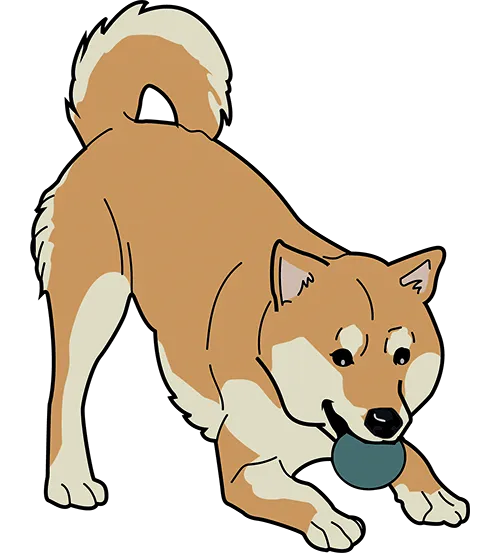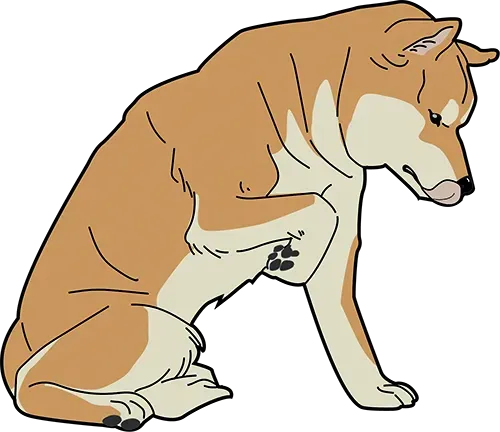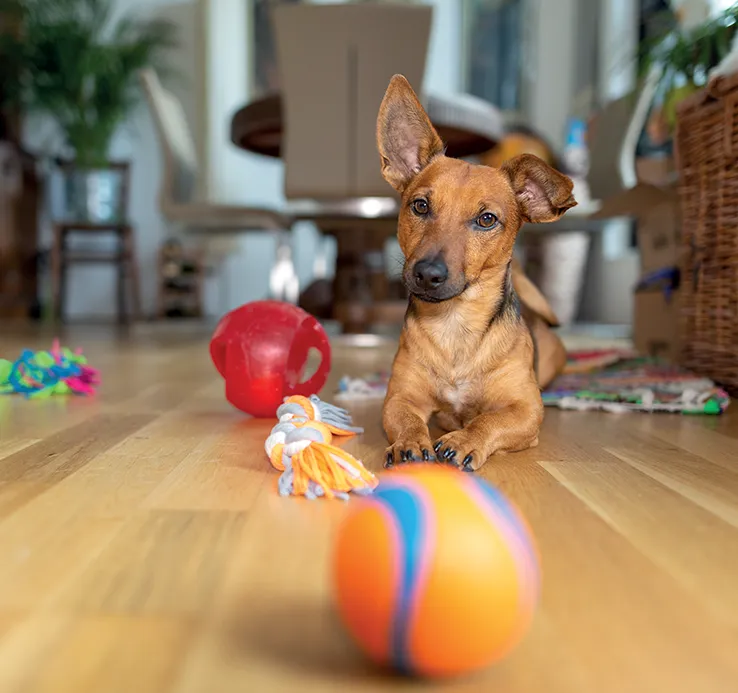It’s a 4-step guide
that helps measure and track your dog’s emotional well-being.
After the evaluation, find practical tips and nutritional solutions that will help you support and improve your dog’s emotional well-being.
Did you know?
Of behavioral disorders in dogs can be attributed to some form of anxiety
Aggression, excessive barking, restlessness, compulsive and destructive behaviours are signs of fear and anxiety in dogs.
Pet owners
may not recognize all signs of fear and anxiety in time, or may only reach out once the problem has escalated to the point of crisis.
Follow the petwag steps
by clicking on the picture that best reflects your dog
Step 1
Understanding your dog's personality profile
Step 2
Understanding your dog's body language
Clearly positive emotional postures
Happy, alert and interested in what is going on. Relaxed, open mouth with tongue out.
Happy, feeling playful, will play bow (stretch their front legs, leaning on the elbows with bottom in the air and tail wagging).
Relaxed full body, ears forward and wagging tail.
Ambiguous emotional postures
Rolls on their back, legs in the air when approached. Some dogs sleep like this.
Appears sleeping or bored.
Tense, standing still, direct eye contact, hairs on their back may be standing up.
Clearly negative emotional postures
Uncertain with the situation. Walking away with head down and tail between legs.
Uncertain with the situation. Head turned away, licking lips, avoiding direct eye contact, sitting with one paw raised.
High arousal, uncomfortable with the situation. Ears flat back on head, showing teeth in a growl.
Uncertain with the situation. Standing with head down and tail between legs.
Step 3
Track your dog's changing emotional state over time
Oops, it seems that you didn't fill step 1 or step 2
Select your dog's personality profile and body language to identify your dog’s emotional state.
Common body posture in dog's with A B C personal profiles.
Common in A, less common in B C D
In C D a stronger indicator of feeling happy
In A B ambiguous body posture
In C D may indicate discomfort and desire to avoid contact.
In A B may indicate desire for a tummy rub and contact.
In A B C excessive sleeping indicates poor mood state and depression
In D not excessive sleeping.
In A B may indicate a perceived threat
In C D may indicate discomfort around other dogs, people, etc
In A B may indicate a perceived threat.
In C D may indicate discomfort around other dogs, people, etc
In A B may indicate a perceived threat.
In C D may indicate discomfort around other dogs, people, etc
In A B may indicate a perceived threat and fear.
In C D may indicate a perceived threat, fear or anger
In A B may indicate a perceived threat.
In C D may indicate discomfort around other dogs, people, etc
Step 4
Understand your dog's rolling average mood state (RAMS)
More than
+1
Brilliant, All of your dog's emotional needs are being met
Trending green
0 TO +1
Good, Most of your dog's emotional needs are being met
Trending blue
Less than
0
Be aware, your dog is at risk of developing a poor mood state
Trending grey
Follow the process
Use the wheel
Record your scores three times a day in the calendar
Each week, subtract all the negative scores from all the positive scores
After 4 weeks, calculate your dog's Rolling Average Mood State (RAMS)
Tips
to help you trend green
Giving your dog nutritional support in the diet, such as pre, pro, post, -biotics supplementation can help through the brain-gut axis.
Reserve around 10% to 20% of your dog's daily food ration and hide it around the house and garden so they have to hunt for it.
If your dog enjoys playing with toys, give them a toy box and put it in a place in your house where you and your dog spend the most time together. Add new items regularly, such as empty boxes.
Healthy gut = Happy dog
The brain-gut axis, a complex communication, not only ensures the proper maintenance of gastrointestinal homeostasis, but is also likely to have multiple effects on motivation and higher cognitive functions. Its role is not just to monitor and integrate gut functioning but also to link the emotional and cognitive center of the brain to other internal functions and mechanisms.
Lallemand's innovative and proven portfolio of prebiotic, probiotic and postbiotic will help your pets immune and digestive systems naturally thrive.
How?
Supplementation with Lallemand’s microbial-based solutions is widely recommended as an efficient and positive way to shape the gut microbiota and to improve overall pet health and well-being
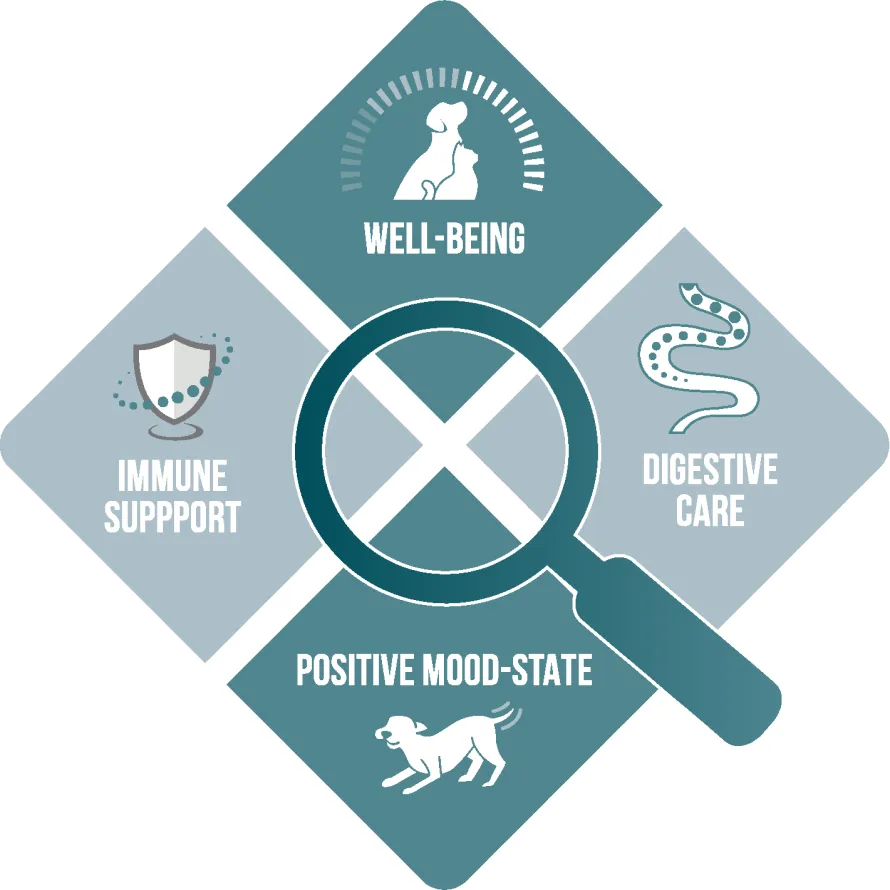
Want know more about Petwag?
